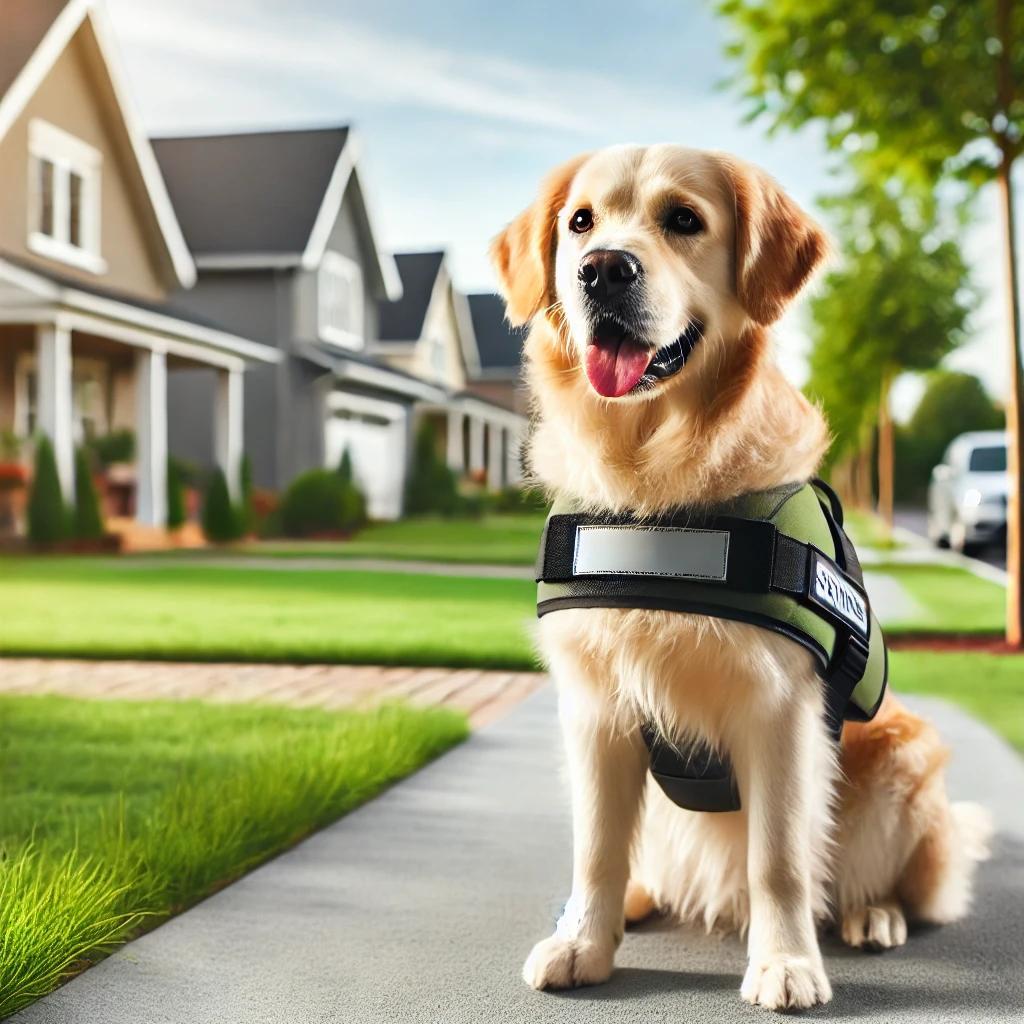Understanding Service Animals in Your Community

Service dogs play a crucial role in enhancing the lives of individuals with disabilities by assisting with daily activities. What should you do if your community's policies clash with the necessity for a service animal? Simply put, if a service animal aligns with the guidelines of the Americans with Disabilities Act (ADA), it must be permitted in the community.
The presence of a service animal can prompt significant questions, not only concerning ADA compliance and access to public areas, but also regarding the fairness to other residents and their visitors. It is essential for communities to adhere to the ADA while ensuring they do not impede access for those exercising their rights. Awareness of the ADA’s qualifications and stipulations regarding service animals can help create a fair environment for everyone involved.
Service animals are clearly defined
Under the ADA, service animals are exclusively designated as dogs, trained to perform specific tasks for their owner. These tasks can include aiding those who are visually or hearing impaired, pulling wheelchairs, reminding individuals to take medication, or offering support to those with Post-Traumatic Stress Disorder. Notably, these animals fulfill vital roles and are not merely pets. Animals that offer comfort or emotional support do not meet the ADA’s criteria for service animals. If your community has a policy against pets, such animals may not need to be accommodated.
Know what you can and can’t ask
When encountering a resident or guest with a dog in a no-pet zone, it's natural to wonder if the dog is a pet or a service animal. However, it's essential to approach this matter cautiously. You are permitted to ask just two questions if the service role isn't apparent:
1. Is the dog a service animal required due to a disability?
2. What task or work does the dog perform?
It is against the ADA guidelines to inquire about the person's specific disability or to demand formal medical proof to justify the animal's presence. Demonstrations of the dog’s capabilities or proof of training should never be requested, as the ADA allows for the owner to train their service animal.
You can request removal of an animal, but only in limited circumstances
While the ADA supports the presence of service animals, it sets standards that must be followed. The service animal must be tethered, leashed, or under precise verbal command at all times. Removal can be requested if these conditions are not met. Additionally, if the dog is not housebroken, it need not be accommodated. Service dogs must be allowed to stay even if others have allergies; alternative arrangements should be made for both parties without asking anyone to leave.
Waive the fees
No fees are permissible for a service animal, irrespective of the association’s pet policies. Owners of service animals should not be subject to any additional charges that non-pet owners do not incur. As per ADA regulations, service animals are distinct from pets.
Know what documentation is required
While it is forbidden to ask for proof from a person with a disability that their dog is a service animal, some states mandate licenses and registrations for these animals. These may be requested as part of state compliance.
Navigating ADA compliance can be daunting. However, adhering to these guidelines can help mitigate potential issues surrounding service animals.





